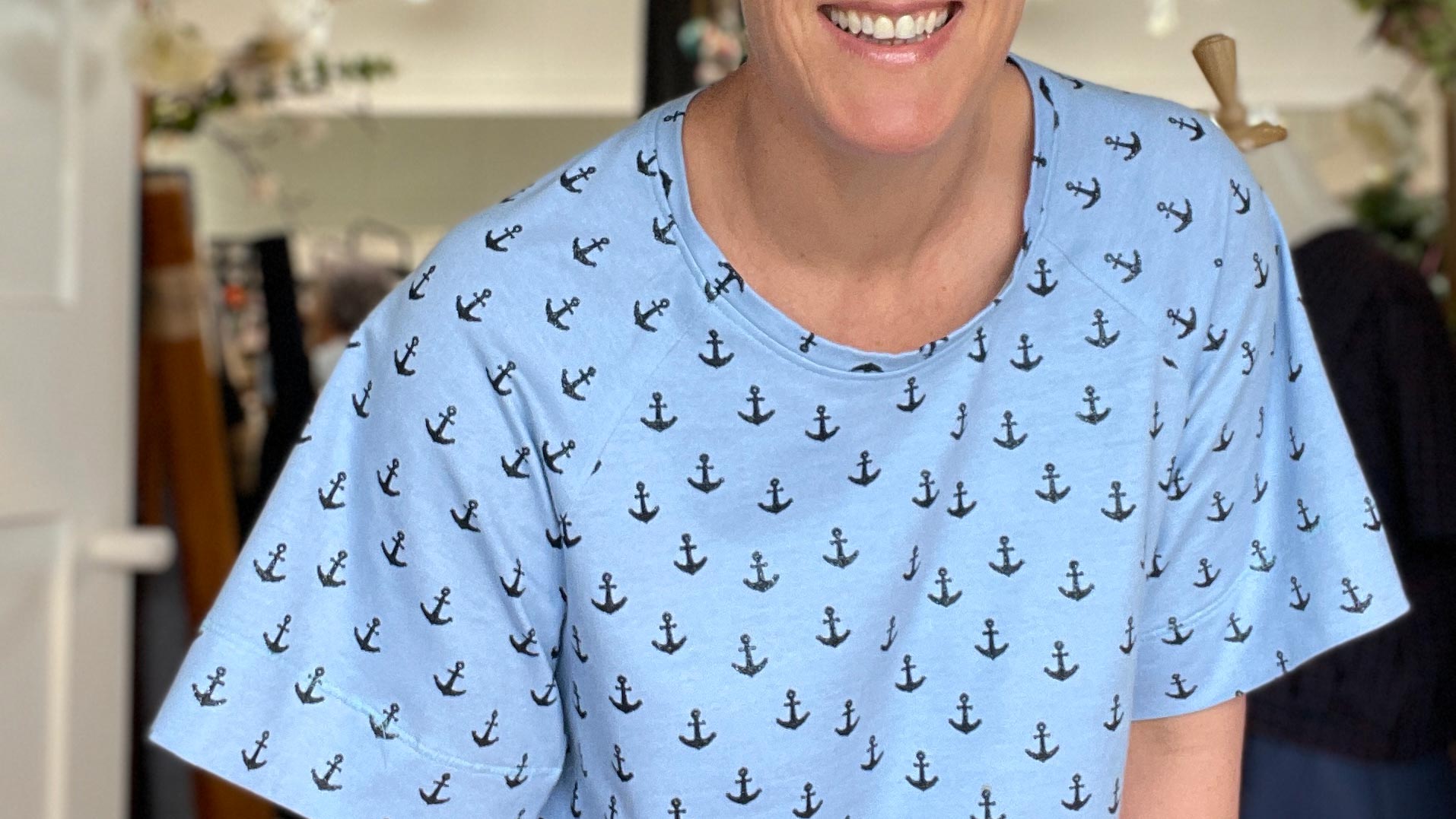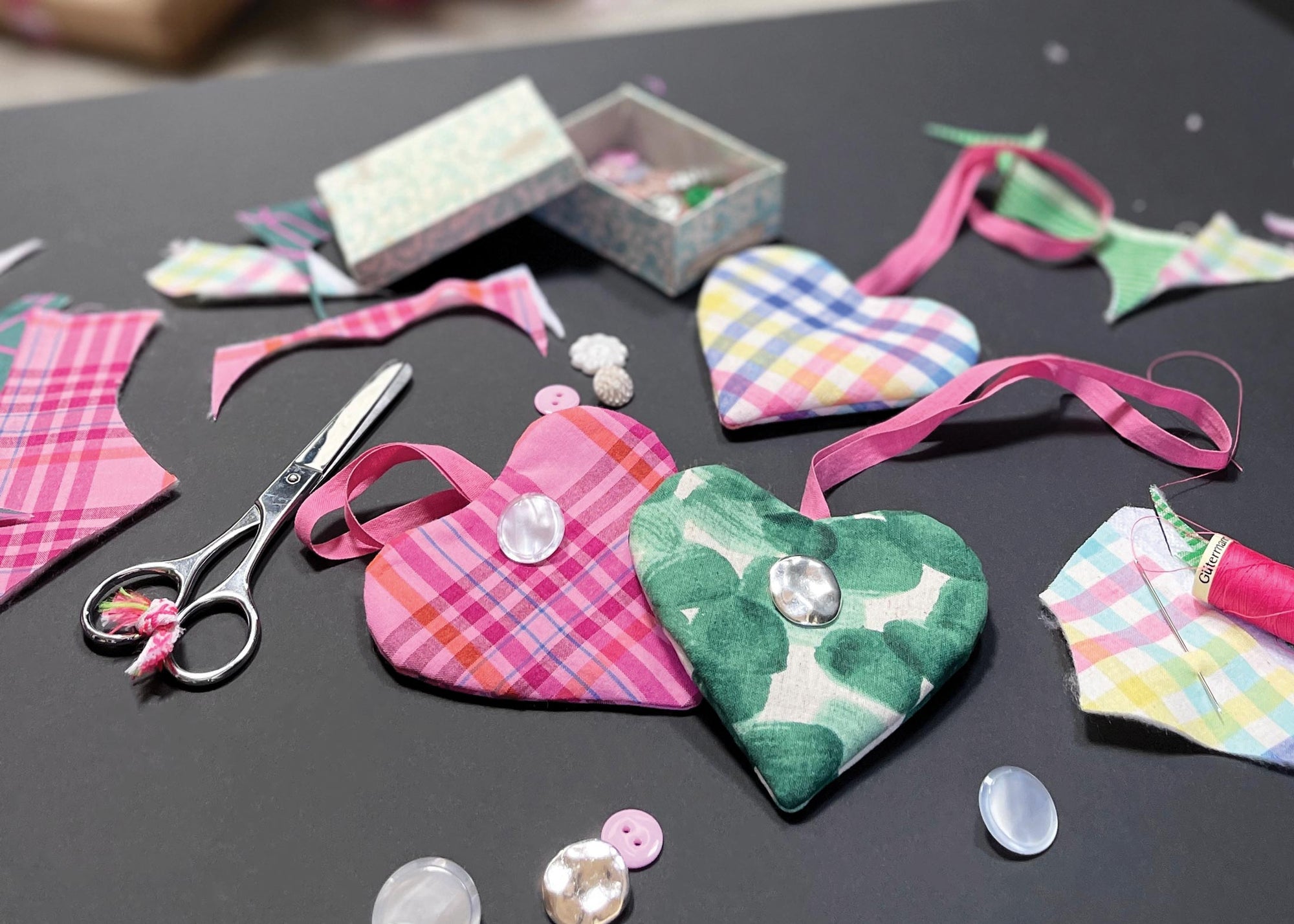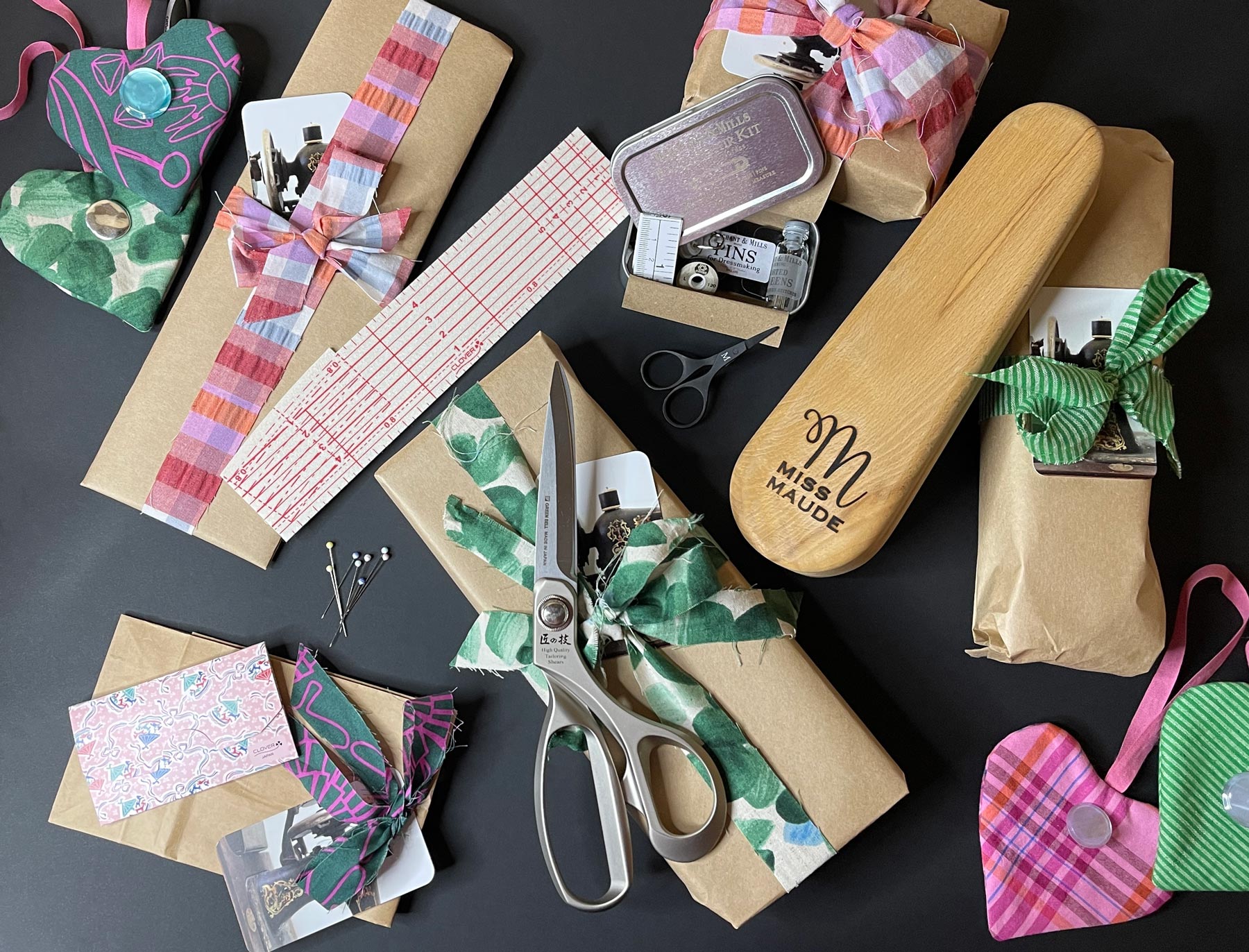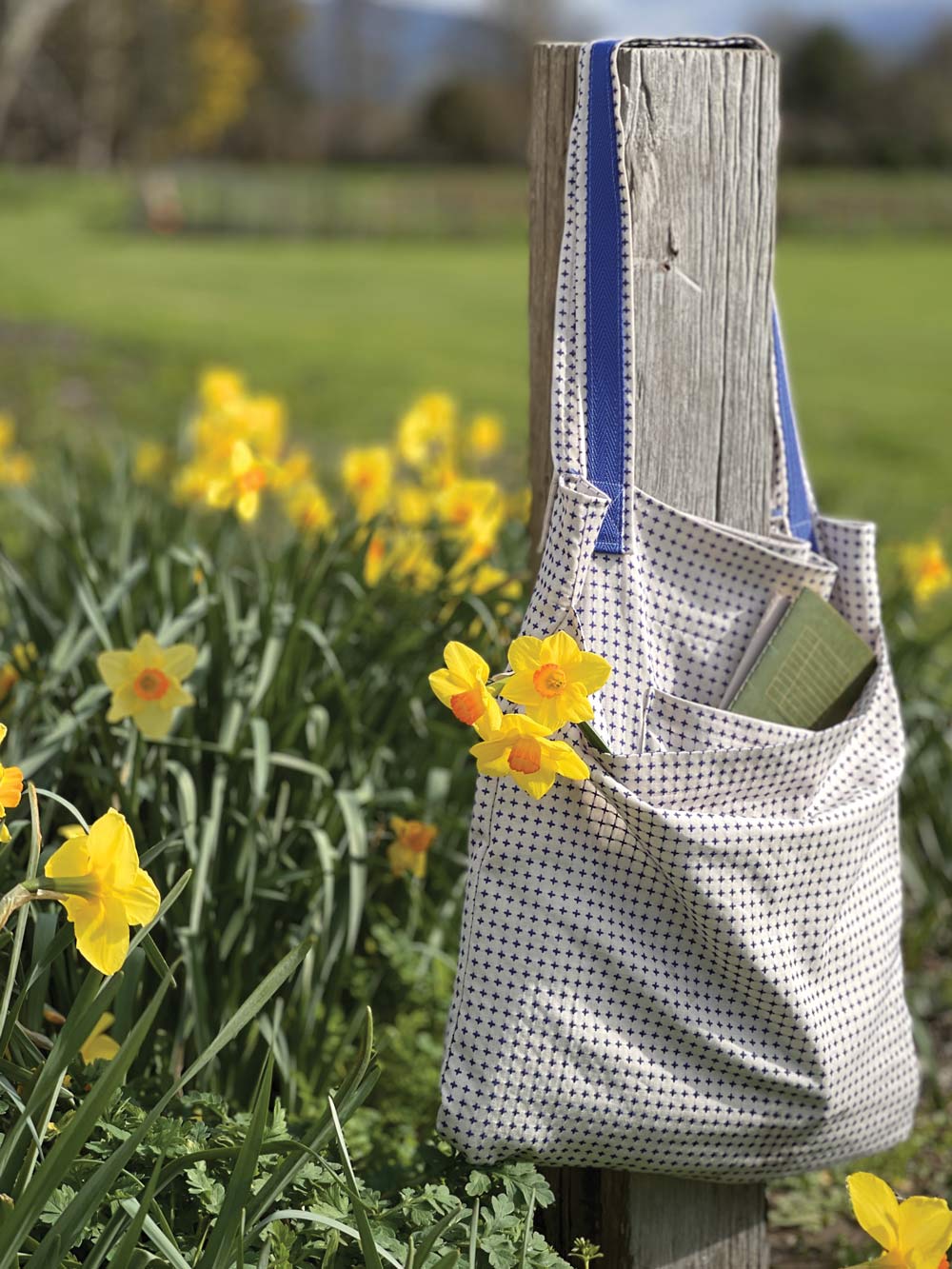
A cuff and a cuff placket is another key part of a shirt and worth putting the time in to get it right. A sample is also useful to check the fit of the cuff to ensure it fits snuggly but isn’t going to cut off circulation to the rest of your arm! By making a sample it helps you work through the steps required to get a good finish on the final shirt.

Customising a Cuff
The cuff is an area of the pattern that has the flexibility to be customised, and it doesn’t have to be complicated. A really good place to get inspiration is to pop into your favourite clothes store, or try an op shop as they generally have a wide range of different shirts. This is a really good resource to get an idea of what appeals to you on a final garment.
Look at the different ways the cuffs are finished - take note of the button and button hole details such as:
- The number of buttons and button holes
- Are the buttons contrasting or subtle and blend with the fabric?
- Have the cuffs been topstitched?
- How are the buttonholes finished?
- Have they used thread that blends with the fabric or used a colour that makes a statement?
Buttons make a huge difference to the finish of an item and can elevate it to something really special and unique. Play with contrasting coloured buttons that match the topstitching, or increase the number of buttons that are on the cuff. Have a play and make samples to see what it would look like with two or three button holes.

Depending on the shirt pattern and fabric used, you may choose to keep things simple or be quite elaborate with the finishing details when sewing your cuffs. Do consider how the treatment of your cuffs and collar tie together.
Cuff Placket
As there are various methods used to sew a cuff placket, we recommend following the method the pattern suggests, preferably practising on a scrap piece of fabric if you are relatively new to shirt making.
TIP
The Assembly Line Oversized Shirt sewing pattern uses a simple method to construct the cuff placket. They instruct you to cut a slit in the sleeve piece, then fold and press the fabric of the slit to the wrong side twice, press and stitch. Although it is not mentioned in the sewing pattern, we recommend reinforcing the placket area with a staystich (a technique where you sew through one layer of fabric with a short stitch to stabilise the area) before you fold and press, to stop it stretching out or distorting when you are sewing it.
To do this, staystitch 0.5cm from the edge of the slit, to the point of the slit and then down the other side. The stitch marks indicate the first fold line of the placket. Then follow the pattern instructions to complete the rest of the placket.

Checklist for Cuffs
- Check the fit of the cuff pattern before cutting out so cuff fits snugly
- A good interfacing is essential for a good, crisp finish to cuffs. We used the Mid-heavy weight interfacing for our cuffs
- If possible, mark and make buttonholes on cuffs before applying to the sleeve section as the smaller sections are easier to handle on the machine.
- Complete cuffs and attach to sleeves before joining sleeves to body of the shirt
- Cuffs can be topstitched by machine for decoration. The distance from the edge is your choice but make sure it is the same as the collar for consistency.

________
Below are the different stages to making a shirt, if there is a particular part of the shirt making process that you are interested in then you can go straight to it!
- Sewing your own shirt - an introduction
- Review of the Oversized shirt
- Anatomy of a shirt
- Sewing Collars
- Plackets
- Seam Finishes
SAVE IT FOR LATER....

